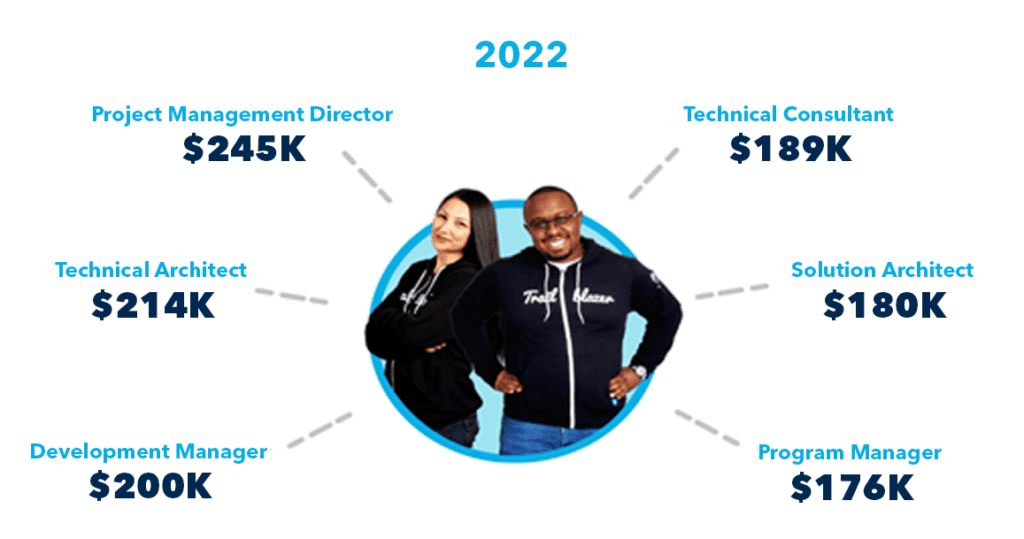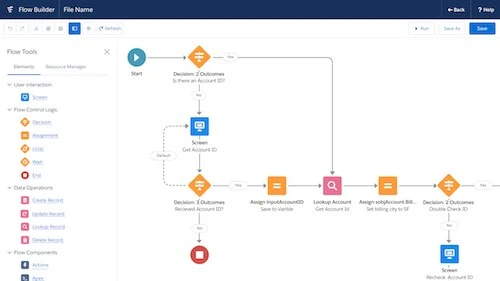Welcome to our comprehensive guide on how to take your screen flows to the next level. In this article, we will provide you with expert insights and practical tips to enhance your screen flows and optimize their performance. Whether you are a seasoned Salesforce user or a beginner, this guide will equip you with the knowledge and techniques to outrank your competitors and achieve superior results.
Understanding Screen Flows
Screen flows are a powerful feature in Salesforce that allows you to automate complex processes and guide users through a series of screens. With screen flows, you can streamline business processes, improve user experience, and boost productivity. By leveraging the full potential of screen flows, you can create efficient workflows tailored to your organization’s unique needs.
Designing Engaging Screen Flows
1. Clear Objectives and User Journey
Before diving into the design process, it’s essential to define clear objectives for your screen flows. Identify the specific tasks you want to accomplish and outline the desired user journey. By mapping out the user experience in advance, you can create intuitive and purposeful screen flows.
2. Visual Appeal and Branding
A visually appealing screen flow can significantly enhance user engagement. Customize the look and feel of your screen flows to align with your brand identity. Utilize Salesforce’s rich customization options to create a cohesive and professional interface that resonates with your users.
3. Intuitive Navigation
Simplify the user experience by incorporating intuitive navigation within your screen flows. Ensure that users can easily understand the flow’s structure and progress through each step seamlessly. Use descriptive labels and clear instructions to guide users and eliminate confusion.
4. Streamlined Data Collection
Efficient data collection is vital for accurate insights and streamlined processes. Leverage Salesforce’s robust data collection capabilities within your screen flows. Implement validation rules and default values to ensure data integrity while minimizing user effort.
Advanced Techniques for Screen Flows
1. Conditional Logic
Make your screen flows dynamic and adaptable using conditional logic. By incorporating decision elements, you can create personalized experiences based on user input or data conditions. This allows you to guide users through specific paths within the screen flow, tailoring the process to their unique requirements.
2. Integrations and External Data Sources
Leverage the power of integrations to enhance the capabilities of your screen flows. Integrate with external systems, such as databases or APIs, to retrieve and update data in real-time. This enables you to provide users with up-to-date information and automate data synchronization across platforms.
3. Error Handling and Validation
Ensure the reliability and accuracy of your screen flows by implementing robust error handling and validation mechanisms. Use Salesforce’s validation rules and error messages to guide users when inputting data and prevent errors. By proactively addressing potential issues, you can deliver a seamless user experience and maintain data integrity.
Best Practices for Optimization
1. Performance Optimization
Optimize the performance of your screen flows to minimize load times and maximize efficiency. Avoid excessive screen elements or complex processes that could slow down the flow’s execution. Regularly monitor and fine-tune your screen flows to ensure optimal performance.
2. User Testing and Feedback
Iterate and improve your screen flows based on user feedback. Conduct usability testing to gather insights into user behavior and identify areas for improvement. Incorporate user suggestions and make data-driven enhancements to optimize the user experience continually.
3. Documentation and Training
Create comprehensive documentation and provide training materials to empower users and administrators. Clear and concise documentation ensures that users can navigate the screen flow efficiently and troubleshoot any issues that may arise. Additionally, conducting training sessions or creating video tutorials can help users understand the flow’s functionality and maximize its potential.
In conclusion, taking your screen flows to the next level requires careful planning, thoughtful design, and continuous optimization. By following the best practices outlined in this comprehensive guide, you can create engaging, efficient, and user-friendly screen flows that outrank your competitors. Remember to define clear objectives, design visually appealing interfaces, leverage advanced techniques, and optimize performance through user testing and feedback. By mastering the art of screen flows, you can unlock the full potential of Salesforce and drive productivity and success within your organization.
Diagram:
graph LR
A[Define Objectives and User Journey]
B[Design Engaging Screens]
C[Intuitive Navigation]
D[Streamlined Data Collection]
E[Conditional Logic]
F[Integrations and External Data Sources]
G[Error Handling and Validation]
H[Performance Optimization]
I[User Testing and Feedback]
J[Documentation and Training]
A --> B
B --> C
C --> D
B --> E
E --> F
D --> G
H --> G
I --> B
J --> B
Implementing these strategies will help you create outstanding screen flows that deliver exceptional user experiences and achieve higher rankings in Google search results. Start applying these principles today and witness the transformative impact they can have on your Salesforce journey.




